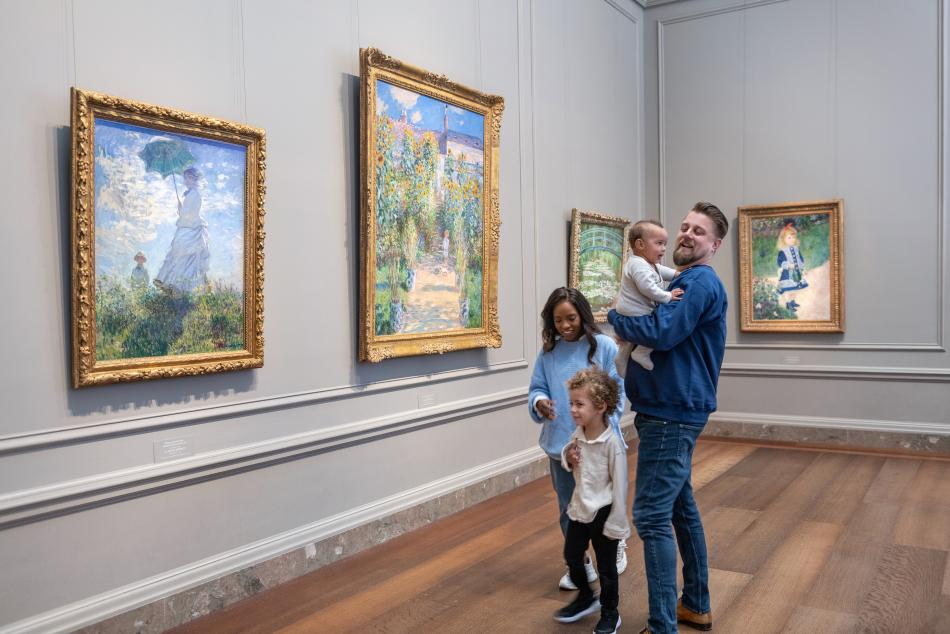Provenance
George Henry Hubert Lascelles, 7th earl of Harewood
Explore Selected Works
Artwork

Sebastiano del Piombo, Cardinal Bandinello Sauli, His Secretary, and Two Geographers, 1516, oil on panel, Samuel H. Kress Collection, 1961.9.37


